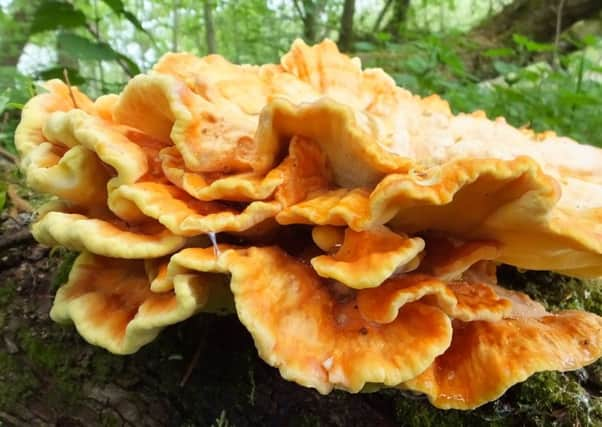Yetholm Loch is a great place for birdwatching all the year round


From this car park there is a good path which ends at a large wooden hide overlooking the loch and an ideal spot to sit, relax and observe the wildlife.
At any time of the year Yetholm Loch is a great place for a spot of birdwatching as it attracts lots of ducks and other water fowl.
Advertisement
Hide AdAdvertisement
Hide AdOn a recent visit several Mute Swans were sitting on their large nests and some of the male swans were frequently displaying with their wings raised and making short noisy flights as they tried to drive away their neighbours in disputes over territories.
Large rafts of Mallard appeared half asleep, most were drakes whose breeding season had ended. Occasionally a female with ducklings could be seen amongst the vegetation at the edge of the open water.
Yetholm Loch is a good place to see Gadwall, this duck is not common in the Borders, it resembles a female Mallard and binoculars and patience will be required to sort it out from the mallards especially if there is bright sunshine which can make all the ducks look almost black.
Tufted Duck and Shoveler also frequent the loch and the Little Grebes can be spotted diving in their search for small fish.
Advertisement
Hide AdAdvertisement
Hide AdAmongst the vegetation along the shore Reed Buntings and Sedge Warblers nest and if you sit and watch them you may see them taking food to their young.
At the south end of the reserve is an extensive willow carr which visitors are requested not to enter in the bird breeding season.
Unfortunately, Yetholm Loch and this willow carr is highly eutrophic, that is, it is very rich in nutrients, probably from run off from the surrounding agricultural fields. The willow carr is dominated by the very coarse Reed Canary Grass, Phalaris arundinacea, which thrives in this nutrient rich environment to the exclusion of most small, attractive, marsh flowers.
From the car park to the bird hide is a stretch of mature woodland consisting of very large, old willows, poplars and even Horse Chestnut. Some of those trees have fallen over and the resulting jungle is an ideal spot for fungi.
Advertisement
Hide AdAdvertisement
Hide AdOn the recent visit an amazing, young, fresh specimen of the Chicken of the Woods fungus was found growing out of a willow trunk, it really stood out as it was bright orange – yellow, from the distance I thought is was a crumpled plastic bag!